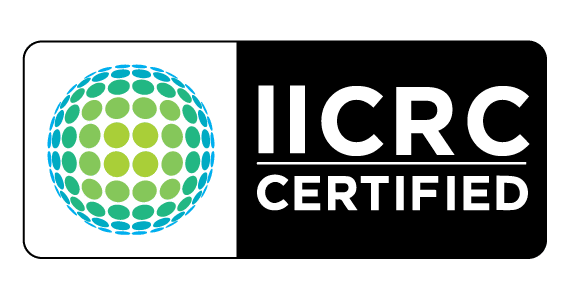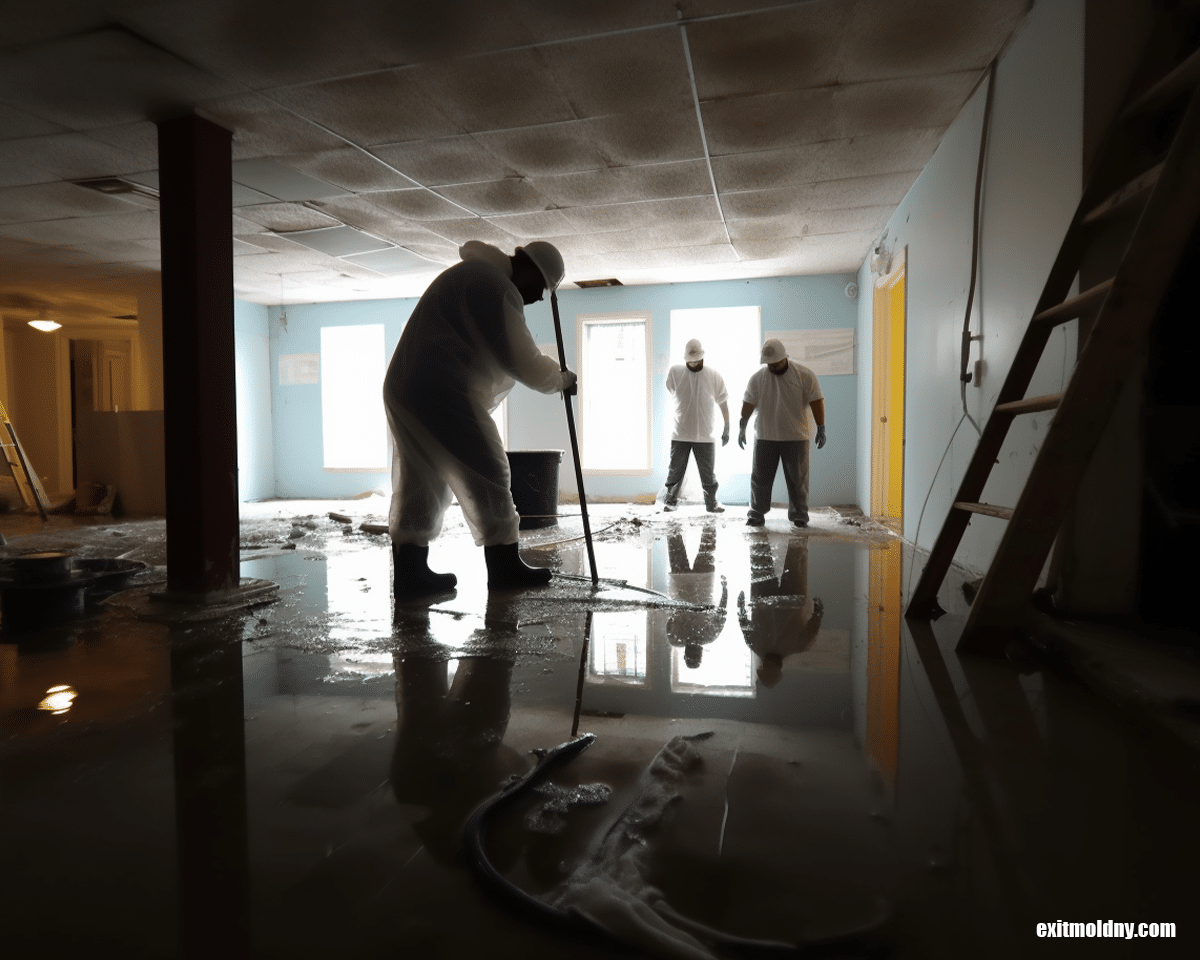
A Comprehensive Guide To Navigating Cleanup After A Flood
A Comprehensive Guide To Navigating Cleanup After A Flood Flash flooding is a normal phenomenon in densely populated cities such as New York, with many
When having your home inspected for mold, having accurate results from the inspection is critical. If not addressed swiftly, mold can cause serious health risks and structural problems to your property. Properly preparing your home in advance is essential to have an accurate result from your mold inspection.
As you continue reading, we’ll discuss determining when you need a mold inspection, how to prepare your home, how long an inspection takes, and why you should hire a professional for mold remediation.
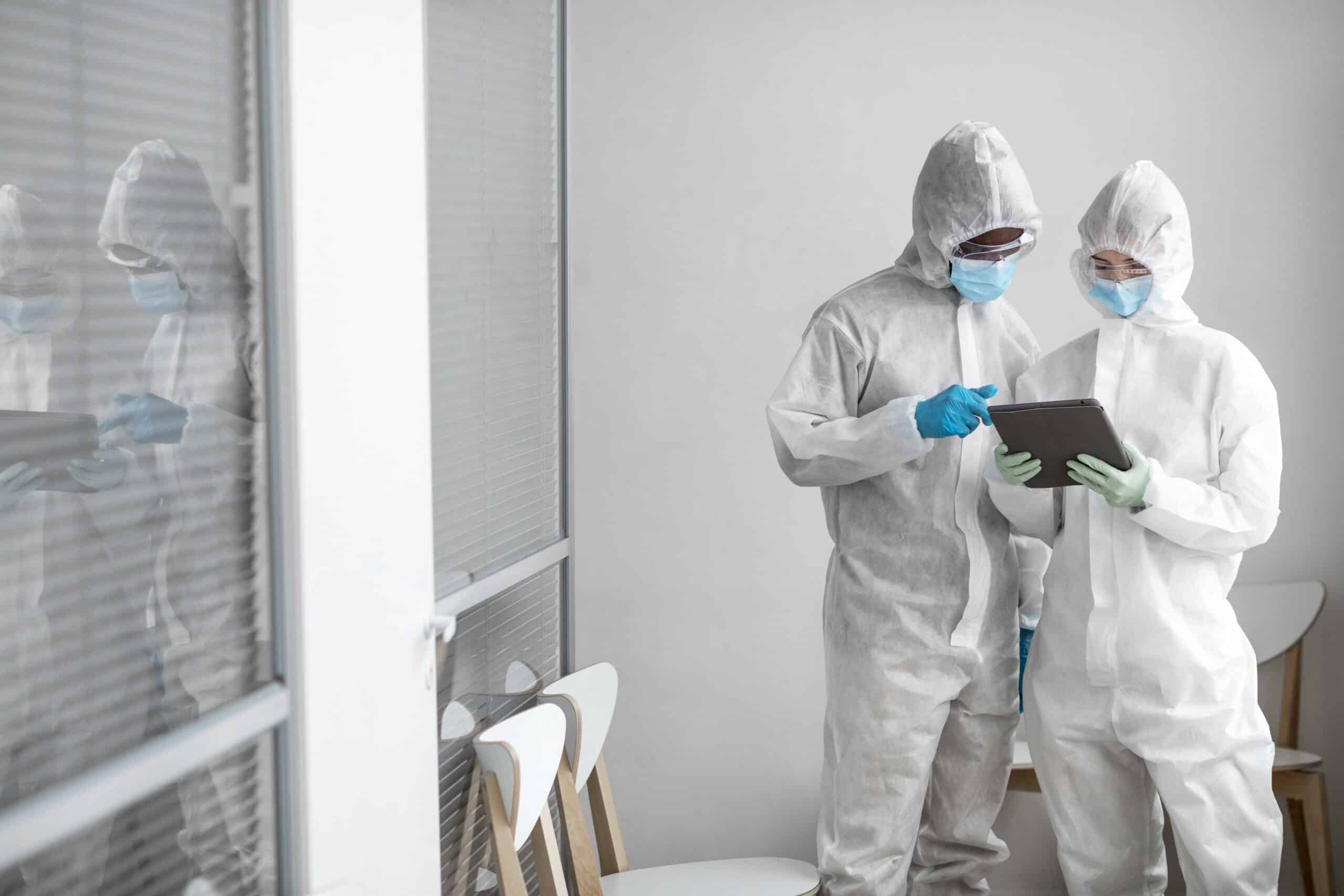
Knowing when you have mold is only the beginning when dealing with mold. Understanding what you should look for when determining if you need a mold inspection is critical to avoid costly repairs.
If you’re noticing signs of water damage, this is often the most noticeable sign that you should have a mold inspection. When looking for the source of mold, look for things such as wood stains or wood rot. Not only may this be noticeable to the human eye, but you may also notice odors. If you notice a mildew smell, this is often a sign you should have a mold inspection.
Areas such as basements and attics are susceptible to condensation when looking around. If you plan to purchase an older home, having a mold inspection is also a good idea.
When having your home inspected for mold, the process must be entirely accurate. If not accurately remediated, mold can lead to health risks and affect the structural integrity of your home. When having a mold inspection, it’s essential to properly prepare your home to ensure you receive an accurate result.
The first step in preparing for a mold inspection is that you’ll want to isolate the area thoroughly. Isolating the area involves sealing off the room or area being tested. You can isolate the area by covering any doors or other entryways with plastic.
Clearing the area for easy access is also an essential part of the preparation to ensure accurate results and make the inspector’s job easier. The mold inspector will need access to the areas of your home, such as the attic, so make sure you remove any clutter ahead of time. You must also clear out any items in your cabinets underneath the sink where mold could be present.
When clearing the area for easy access, you mustn’t disturb any mold while moving items and other pieces of furniture.
One area homeowners often forget about is ventilation. Any air movement throughout your home can release additional mold spores into the air, affecting the results of your mold inspection. Before your mold inspection, make sure you seal off all vents that are in the area that tested.
You should cover the supply, return vents with plastic, and seal them off using painter’s tape.
To prevent additional mold spores from lurking, avoid cleaning the area until after your inspection. Chemicals such as cleaning products can affect the results of a mold inspection. Other items, such as a dirty cloth, could even affect the results of your mold inspection.
Air purifiers can also impact the results of your mold inspection. Since most purifiers blow cold air, they can spread mold spores throughout your home. Before your inspection, ensure you have all air purifiers turned off.
Since air purifiers remove moisture and other impurities, this isn’t helpful when detecting mold spores. In addition, humidifiers can also enhance moisture within the air, causing more mold to grow and affecting inspection results. You should turn off all devices at least twenty-four hours before a mold inspection.
It may seem silly, but you’ll also want to close any doors or windows if there are any located in the affected area. You want the mold to stay in the isolated area for the most accurate result. Closing your doors and windows can maximize the number of mold spores a mold inspector can detect.
One of the last things you’ll want to do is ensure you have any HVAC systems turned off. Since HVAC systems circulate air in your home, this can dilute any mold spores located in the air. Shut your systems off at least two hours before your mold inspection to ensure the highest concentration of mold spores for detection.
Depending on the size of your home and the area affected a mold inspection may take up to two hours. Once an inspector collects the mold samples, the samples go to a third-party laboratory for proper analysis. The results from your mold inspection may become available within forty-eight hours, depending on the laboratory’s busyness.
At Exit Mold, we understand it is essential to keeping your home safe. Our team can effectively remove any mold in your home and prevent it from returning. Our team of professionals offers thorough service, provide third-party testing to guarantee mold inspection results, and can assure you the best service at a great price!
After your mold inspection is complete, contact our team today to schedule your mold remediation and be rid of mold once and for all!
If you’ve noticed you’re dealing with a mold problem, you can contact our professionals to schedule your mold remediation estimate today.
Address: 10 Brower Ave, Woodmere, NY 11598
Phone Number: 516-512-7877
Email: [email protected]; [email protected]

A Comprehensive Guide To Navigating Cleanup After A Flood Flash flooding is a normal phenomenon in densely populated cities such as New York, with many
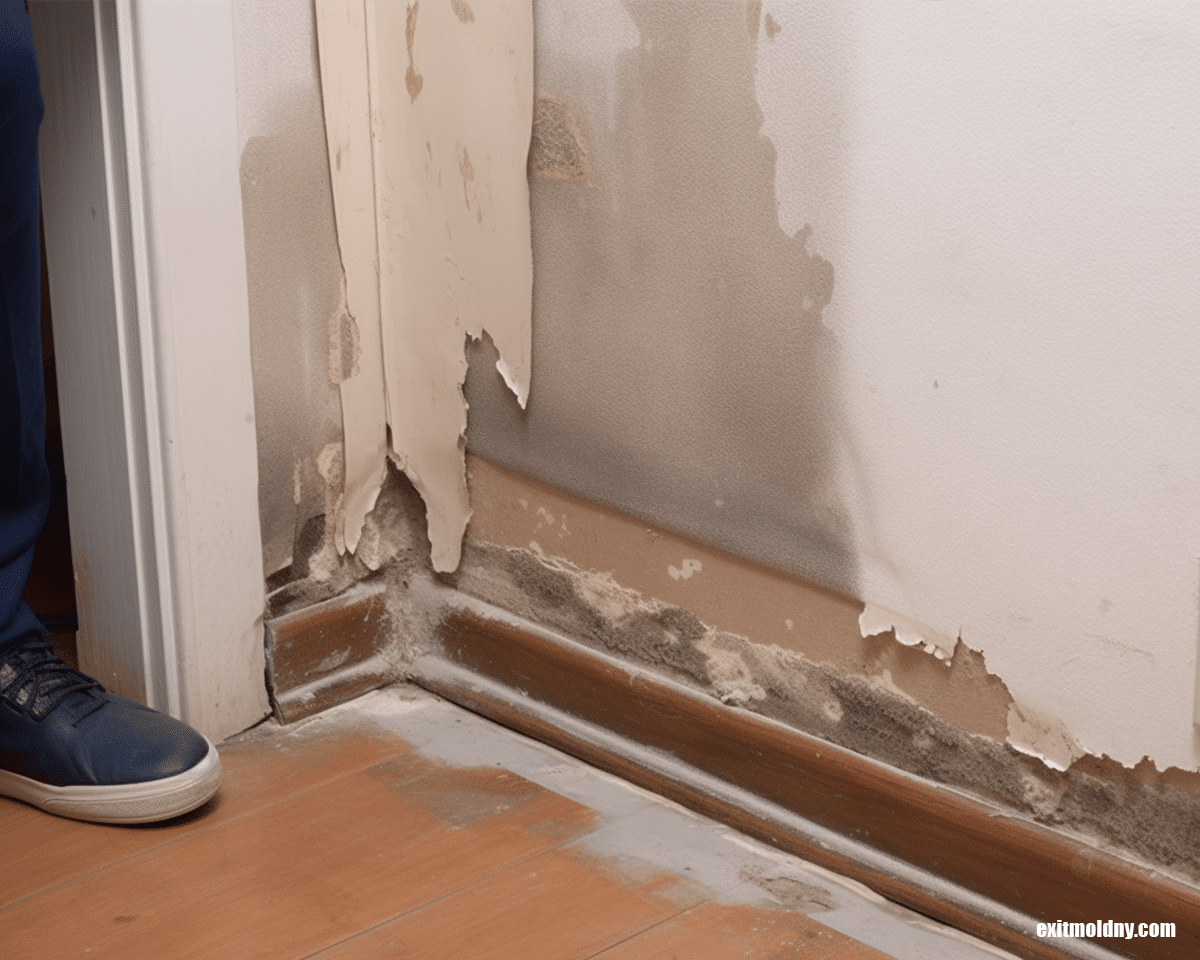
Restoring Your Home: Repairs and Renovations In our blog, A Comprehensive Guide To Cleaning Up After A Flood, we wrote about physically cleaning a home
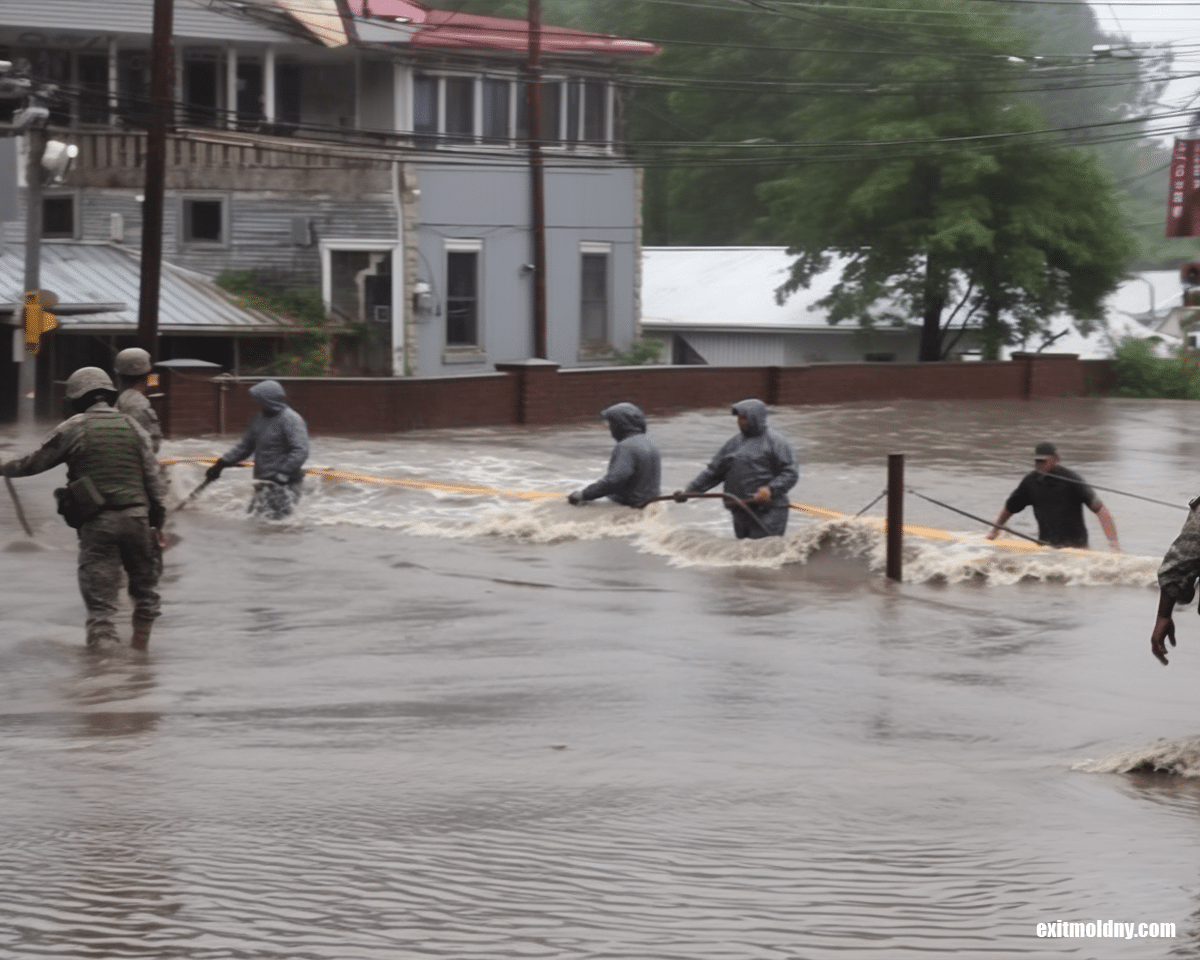
Emergency Response: What To Do During A Flood While we at Exit Mold, a New York home restoration firm serving NYC and the five boroughs



New York 5 Boroughs Area
10 Brower Ave.
Woodmere, NY 11598
(516) 512-7877
Miami Dade County Area
2509 N Miami Ave
Miami Fl 33127
(786) 465-2300
